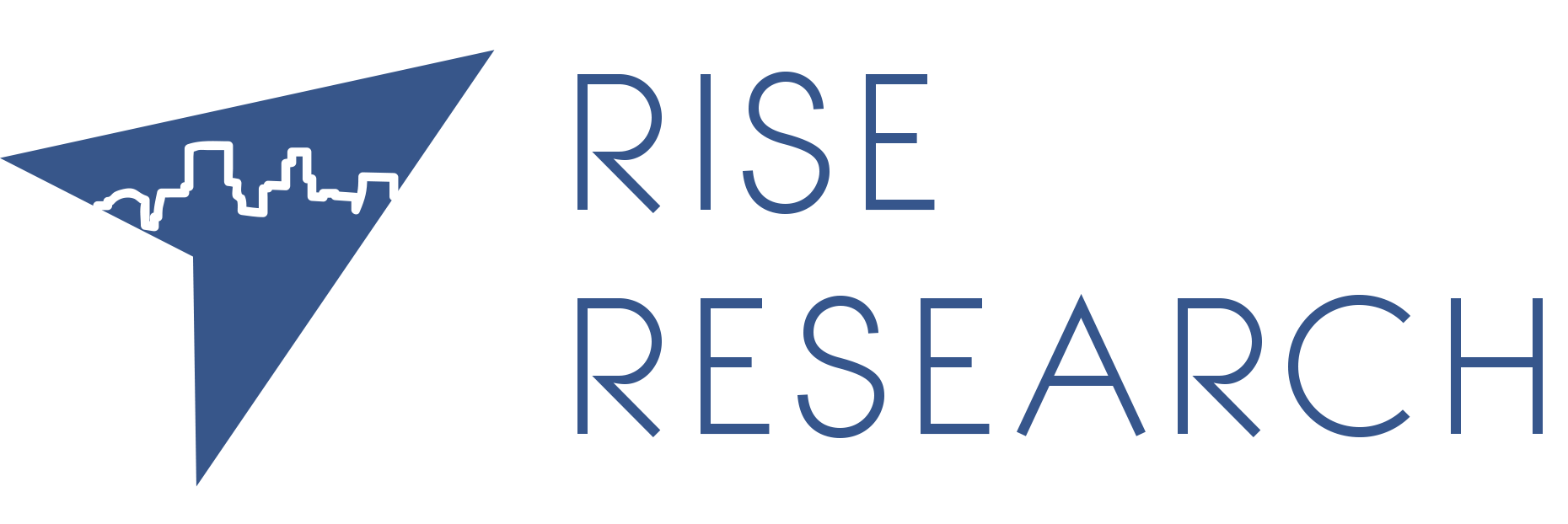|
Across Minnesota, counties collect data in the normal course of administering human service programs. When someone calls the county in need of food assistance, for example, a county worker will record information about their family, job, income, and assets. This information is used to determine eligibility for programs like MFIP (cash welfare) and SNAP (food support), monitor program participation, and provide referrals to community organizations.
Few MN counties use this data for program improvement. I'll admit, I was shocked when I learned this. And not just because I love data! Not using existing data is a lost opportunity – even simple analyses can help programs better understand the families that they serve, their needs, and whether these needs are being met. So, why aren’t counties using the data they already collect for program improvement? There are actually a few reasons:
Admittedly, some of these problems are easier than others to solve. And to be clear, there are still major limitations of existing datasets - namely, that they are embedded in systems of structural racism and can perpetuate disparate treatment and outcomes by race and ethnicity. But even recognizing these limitations, there is still much that can be accomplished if counties can better understand program participants, activities, and outcomes. Using existing data - with necessary caveats - can enhance efficiencies and minimize the additional burden placed on program participants. So what can we do?
Want to know more about using data for program improvement? We'd love to chat! Contact us to learn more. Comments are closed.
|
Archives
January 2022
Categories
All
|

 RSS Feed
RSS Feed
